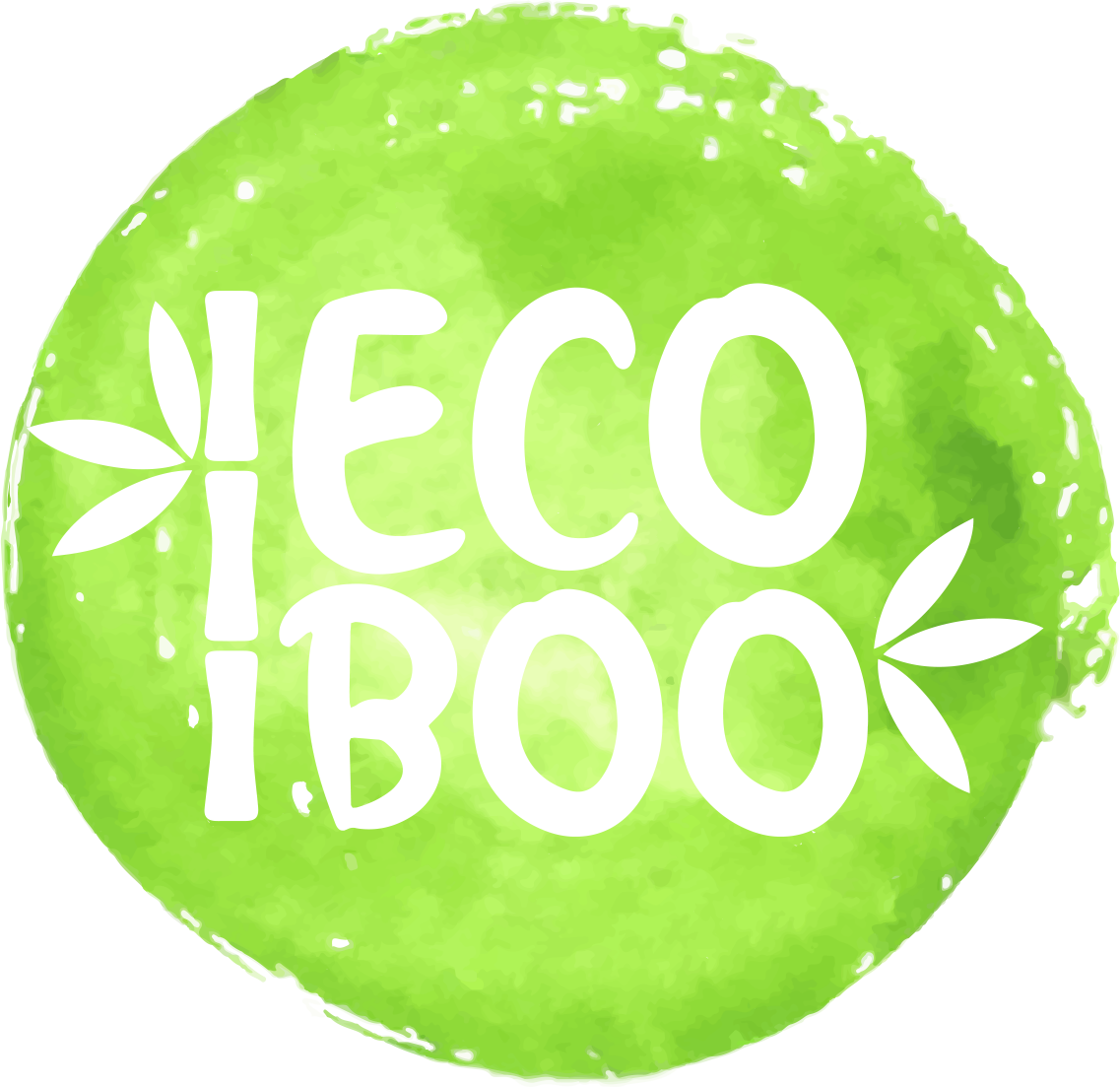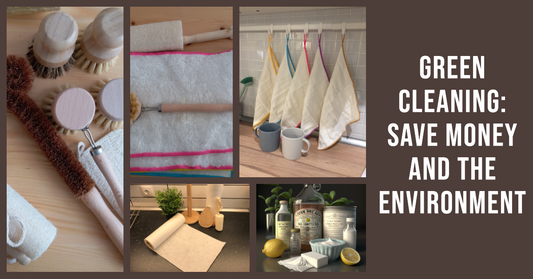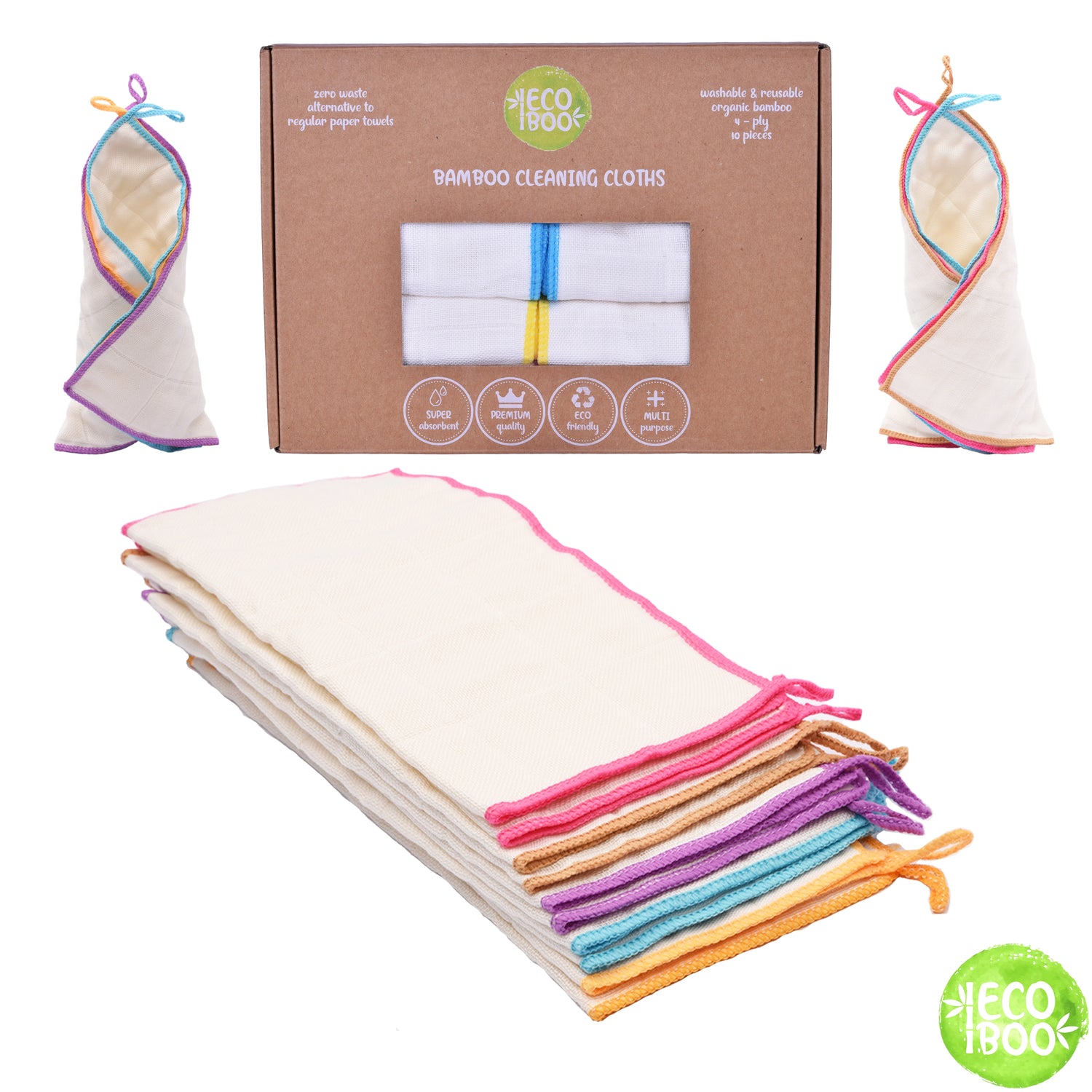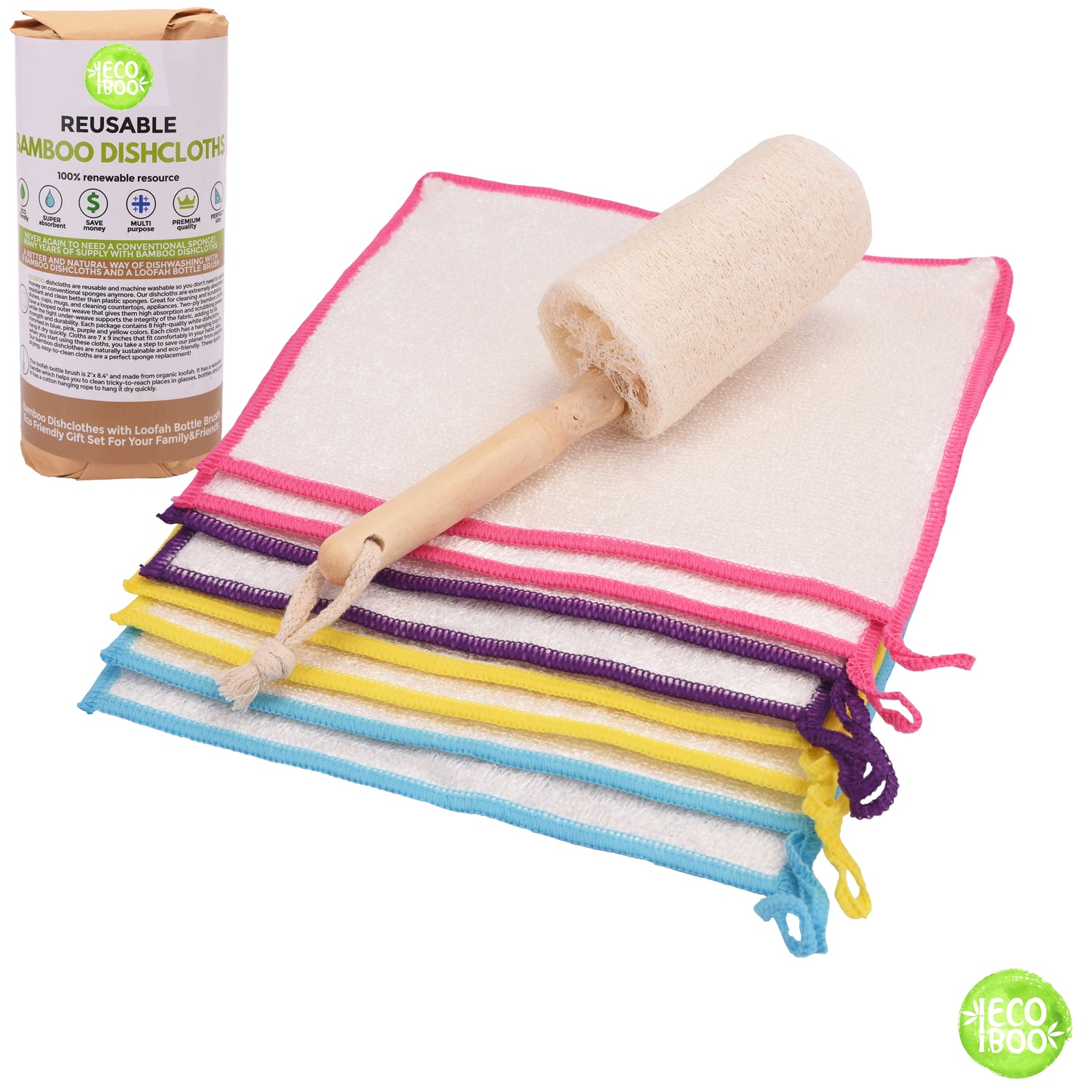Table of Contents
- Kickstarting Your Zero-Waste Journey
- Reduce Waste at Home
- Reduce Waste While Traveling
- Zero-Waste Swaps
- Practical Tips for Zero-Waste Living
- Challenges to Achieving Zero Waste Goals
- Cost of Waste Management
- Contamination When Sorting
- Training of Employees
- Finding Effective Waste Management Solutions
- Space for Recycling
- Lack of Support and Accessibility
- Household Strategies for Waste Reduction
- Role of Technology and Innovation in Achieving Zero Waste
- Waste-to-Energy Technology
- Recycling and Waste Sorting Technologies
- Circular Economy Solutions
- Zero Waste Apps and Platforms
- Sustainable Packaging Innovations
- Upcycling and Repurposing Technologies
- Steps for Local Governments to Encourage Zero Waste
- Tracking Progress Towards Zero Waste
- Use Zero Waste Metrics
- Identify Key Assessment Indicators
- Use Waste Tracking Tools
- Set Goals and Track Progress
- Use Consumption-Based Metrics
- The Power of Composting and Recycling
- Reducing Reliance on Single-Use Plastics
- Raising Awareness and Education on Zero Waste Living
- Conclusion
The burgeoning awareness and urgency of environmental sustainability have catalyzed the momentum for a lifestyle movement known as zero-waste living.
Aiming for a no-waste lifestyle might seem like an insurmountable challenge, but the journey is laden with a multitude of benefits, from reducing environmental impacts to promoting mindful consumption.
This comprehensive guide will illuminate the various facets of adopting a low-waste lifestyle and provide practical tips for both beginners and seasoned practitioners.
This article will explore:
- How to start a zero-waste journey
- Practical tips and challenges in achieving zero waste
- Household Strategies for waste reduction
- Technological innovations for zero waste
- Roles of local governments and organizations in promoting zero waste
- Measurement and tracking of waste reduction efforts
- Power of composting and recycling in zero waste
- Strategies to reduce reliance on single-use plastics
- Ways to raise awareness about zero waste
Kickstarting Your Zero-Waste Journey
Embarking on a zero-waste life journey can seem daunting, especially when the surrounding environment still heavily relies on wasteful practices.
The first step is to perform a simple waste audit to identify the areas of high waste generation in your daily life.
You might be surprised to find that a significant portion of your waste comes from easily replaceable sources.
For example, using reusable paper towels instead of disposables can drastically reduce waste.
Our products, such as bamboo reusable towels and reusable kitchen towels from Ecoboo, can serve as an excellent starting point.
A zero-waste lifestyle doesn't require perfection. The idea is to make conscientious choices that collectively lead to significant waste reduction.

| Key Areas of Waste Reduction | Percentage |
|---|---|
| Home | 50% |
| Travel | 30% |
| Swaps | 20% |
Starting a zero-waste journey can seem overwhelming, but it's important to remember that every small change can make a difference. Here are some tips and resources to help you get started:
Reduce Waste at Home
- Use a reusable bottle/cup for beverages on the go.
- Use reusable grocery bags, and not just for groceries.
- Purchase wisely and recycle.
- Compost it!
- Avoid single-use food and drink containers and utensils.
- Buy secondhand items and donate used goods.
Reduce Waste While Traveling
- Bring a reusable water bottle.
- Prepare your toiletries.
- Go paperless.
- Bring your food containers and utensils.
- Bring a shopping bag.
- Get your snacks in bulk.
Zero-Waste Swaps
- Refuse plastic bags at the supermarket.
- Use natural air fresheners.
- Bring your coffee cup for a discount.
- Use cloth napkins instead of paper ones.
- Choose metal, glass, or paper packaging.
- Eat seasonal, plant-based food.
- Shop secondhand.
- Compost food scraps.
- Get shampoo and conditioner bars.
- Ditch paper towels for reusable clothes.
Practical Tips for Zero-Waste Living
- Reusable Shopping Bags: Ditch the plastic shopping bags and opt for reusable ones. They are durable, eco-friendly, and a one-time investment.
- Reusable Water Bottles: Single-use plastic bottles are a significant contributor to plastic waste. A reusable water bottle can be a game-changer.
- Zero Waste Kitchen: Switch to reusable bamboo clothes and dishcloth sets. These are not only eco-friendly but also more durable and absorbent than their disposable counterparts.
- Compost: Organic waste like food scraps can be composted at home, turning waste into valuable nutrient-rich compost for plants.
- Shop in Bulk: Shopping in bulk reduces packaging waste and can also be cost-effective.
- DIY Products: Many household products can be made at home, from cleaning supplies to beauty products. This reduces packaging waste and allows control over what goes into your products.
After understanding the importance of zero-waste living, you might be wondering how to practically implement it in your daily life.
Well, we have something special for you.
Here's an inspiring video titled "Tips for Zero Waste Living - How a Family of 5 Makes Almost No Waste! | Life With Less Waste".
This video showcases the journey of a family in Hobart, Australia, who have managed to produce almost no rubbish in two years.
The Carter family's story is a testament to the fact that zero-waste living is not just a concept, but a practical and achievable lifestyle.
Their book, "A Family Guide to Waste Free Living", provides more insights into their journey and practical tips for adopting a waste-free lifestyle.
Challenges to Achieving Zero Waste Goals

| Key Challenges to Zero Waste | Percentage |
|---|---|
| Cost | 20% |
| Contamination | 15% |
| Training | 25% |
| Solutions | 20% |
| Space | 10% |
| Support | 10% |
Zero-waste living is a lifestyle that aims to reduce waste by minimizing the amount of trash that goes to landfills.
While zero waste is an achievable goal, there are several challenges that individuals and businesses may face when trying to adopt a zero-waste lifestyle.
Here are some of the challenges:
Cost of Waste Management
The first challenge faced by many businesses when deciding to go to zero waste is the financial requirement.
Going zero waste in your business means working hard to generate less waste and less waste generated can be reused or recycled.
It is important to know that zero waste is very achievable if you set realistic goals.
With a gradual shift in mindset and actions, you will see yourself achieving your set goals.
Contamination When Sorting
Contamination is a major issue when it comes to recycling.
When non-recyclable items are mixed with recyclable ones, the entire batch can become contaminated and end up in a landfill.
This can be a challenge for businesses and individuals who are trying to recycle as much as possible.
Training of Employees
Training employees on how to properly sort waste and recycle can be a challenge.
It is important to educate employees on the importance of zero waste and how to properly sort waste to avoid contamination.

Finding Effective Waste Management Solutions
Finding effective waste management solutions can be a challenge for businesses and individuals.
It is important to research and find the best waste management solutions that work for your specific needs.
Space for Recycling
Space can be a challenge when it comes to recycling.
It is important to have enough space to store recyclables until they can be properly disposed of.
This can be a challenge for businesses and individuals who have limited space.
Lack of Support and Accessibility
Lack of support and accessibility can be a challenge for individuals who are trying to adopt a zero-waste lifestyle.
It can be difficult to find zero-waste alternatives near you, and due to the lack of awareness about the zero-waste movement, it can be challenging to find support.
Zero waste is an achievable goal, but there are several challenges that individuals and businesses may face when trying to adopt a zero-waste lifestyle.
These challenges include the cost of waste management, contamination when sorting, training of employees, finding effective waste management solutions, space for recycling, and lack of support and accessibility.
However, with a gradual shift in mindset and actions, it is possible to overcome these challenges and achieve a zero-waste lifestyle.
Household Strategies for Waste Reduction
The waste reduction should be a household effort.
Simple steps such as using bamboo paper towels or cloth paper towels, composting organic waste, recycling, and buying second-hand items can make a significant difference.
Our reusable hand towels can be a great addition to your bathroom, replacing the need for single-use paper towels.
Role of Technology and Innovation in Achieving Zero Waste

| Section | Description |
|---|---|
| Waste-to-Energy Technology | Converts waste into energy, reducing the amount of waste going to landfills |
| Recycling and Waste Sorting Technologies | Improves recycling processes, increasing recycling rates |
| Circular Economy Solutions | Promotes reuse and recycling, reducing waste production |
| Zero Waste Apps and Platforms | Provides information and resources, facilitating waste reduction |
| Sustainable Packaging Innovations | Develops compostable and biodegradable packaging, reducing packaging waste |
| Upcycling and Repurposing Technologies | Transforms waste into new products, reducing the need for virgin resources |
Technologies and innovations play a crucial role in helping us achieve zero waste goals. Here are some examples:
Waste-to-Energy Technology
Waste-to-energy technology involves converting waste into energy through processes like incineration or anaerobic digestion. This helps reduce the amount of waste going to landfills and generates renewable energy in the process.
Recycling and Waste Sorting Technologies
Advanced technologies are being developed to improve recycling and waste sorting processes. These technologies use automation, artificial intelligence, and robotics to efficiently sort different types of waste materials, increasing recycling rates and reducing contamination.
Circular Economy Solutions
The concept of the circular economy promotes the reuse, repair, and recycling of products and materials. Innovative solutions are being developed to facilitate the transition to a circular economy, such as reusable packaging, product redesign for longevity, and closed-loop recycling systems.
Zero Waste Apps and Platforms
There are various apps and online platforms that help individuals and businesses reduce waste. These platforms provide information on zero-waste practices, connect people with local zero-waste resources, and offer tips and guidance on waste reduction.
Sustainable Packaging Innovations
Innovations in packaging materials and design are helping to reduce waste. This includes the development of compostable and biodegradable packaging, as well as the use of alternative materials like plant-based plastics or recycled materials.

Upcycling and Repurposing Technologies
Technologies that enable the upcycling and repurposing of waste materials are gaining traction.
These technologies transform waste into new products or materials with added value, reducing the need for virgin resources.
While these technologies and innovations are promising, it's important to note that achieving zero waste requires a holistic approach that involves not only technological advancements but also changes in consumer behavior, policy support, and sustainable practices throughout the supply chain.
Collaboration between individuals, businesses, governments, and technology developers is essential to drive the transition toward a zero-waste future.
Steps for Local Governments to Encourage Zero Waste

Local governments and municipalities play a crucial role in encouraging citizens to reduce waste and embrace a zero-waste mentality. Here are some steps that local governments can take to promote zero waste:
- Set Zero Waste Goals: Local governments can set zero waste goals and develop plans to achieve them. Goals can include reducing waste generation, increasing recycling rates, and promoting composting and other waste reduction practices. For example, the City of Austin has set a goal to reduce the amount of trash sent to landfills by 90% by the year 2040.
- Provide Incentives: Local governments can provide incentives for homes, neighborhoods, schools, and businesses to set up a bin for composting food and yard waste. Incentives can include tax credits, rebates, or reduced fees for waste management services.
- Educate and Raise Awareness: Local governments can educate citizens on the importance of zero waste and provide information on how to reduce waste. This can include workshops, seminars, and outreach programs that teach people how to compost, recycle, and reduce waste.
- Implement Waste Reduction Policies: Local governments can implement policies that promote waste reduction, such as banning single-use plastics, requiring businesses to recycle, and promoting reusable products. For example, Honolulu City Council passed Bill 40 for the Disposable Food Waste Ordinance, which promotes source reduction by replacing single-use, polystyrene foam food ware with reusable products as an option.
- Collaborate with Businesses: Local governments can work with businesses to promote zero-waste practices. This can include providing resources and support for businesses to reduce waste, such as offering recycling and composting services and promoting sustainable packaging and product design.
- Support Zero Waste Communities: Local governments can support and collaborate with zero-waste communities to promote zero-waste practices. This can include providing funding, resources, and technical assistance to help communities achieve their zero-waste goals.
- Develop Zero Waste Infrastructure: Local governments can develop zero waste infrastructure, such as recycling and composting facilities, to support waste reduction efforts. This can include partnering with private sector service providers to accomplish zero waste goals and not expanding the city’s municipal services beyond its current Circle of Control.
By taking these steps, local governments can help their communities reduce waste and move towards a zero-waste future.
Tracking Progress Towards Zero Waste
![]()
| Key Methods | Description |
|---|---|
| Use Zero Waste Metrics | The Zero Waste International Alliance has set a target of diverting more than 90% of all discarded resources from landfill and incineration. |
| Identify Key Assessment Indicators | A study aimed to identify the core zero waste indicators that could be used to assess the performance of zero waste management systems. |
| Use Waste Tracking Tools | Waste tracking tools can help individuals and organizations monitor their waste generation and diversion rates. |
| Set Goals and Track Progress | Setting goals and tracking progress is an effective way to measure progress toward zero waste. |
| Use Consumption-Based Metrics | Consumption-based metrics can help individuals and organizations measure their impact on the environment. |
Measuring progress towards zero waste is an important step in reducing waste and achieving zero waste goals.
Here are some ways individuals and organizations can measure their progress towards zero waste and track their waste reduction efforts:
Use Zero Waste Metrics
The Zero Waste International Alliance has set a target of diverting more than 90% of all discarded resources from landfill and incineration.
The Zerowasteometer is a tool that quantifies an organization's various forms of waste management as either a positive figure (associated with reuse and recycling processes) or a negative (landfill and incineration/energy from waste).
The tool displays performance on an easy-to-understand tachometer and dashboard.
Other zero waste metrics include tracking the quantity and composition of waste generated and the avoided waste removal and purchasing costs.
Identify Key Assessment Indicators
A study aimed to identify the core zero waste indicators that could be used to assess the performance of zero waste management systems.
Identifying key assessment indicators can help individuals and organizations measure their progress toward zero waste.
Use Waste Tracking Tools
Waste tracking tools can help individuals and organizations monitor their waste generation and diversion rates.
For example, Zabble has developed a patented SaaS platform that uses AI to identify a bin’s fullness and contaminants from photos, recommends container right-sizing options by digitizing and analyzing invoices, and engages stakeholders by creating feedback loops to streamline workflows.
Other waste tracking tools include waste audits, sensors, and manual aggregation of waste data.
Set Goals and Track Progress
Setting goals and tracking progress is an effective way to measure progress toward zero waste.
Charting a path forward, creating milestones, and tracking progress can help individuals and organizations reduce waste successfully.
For example, undertaking a trash audit can determine how much trash is being created on a daily basis, and assessing the kitchen with a pantry audit can help identify areas for improvement.
Use Consumption-Based Metrics
Consumption-based metrics can help individuals and organizations measure their impact on the environment.
For example, Eco-Cycle Solutions is advocating for a new metric to standardize measurement and comparison across the industry – pounds disposed of per person per year.
Other consumption-based metrics include measuring the amount of waste diverted from landfill, the utility during use, diversion/destination after use, and efficiency of recycling.
By using these methods, individuals and organizations can measure their progress towards zero waste and track their waste reduction efforts.
The Power of Composting and Recycling

Composting and recycling are two pillars of zero-waste living.
Composting transforms organic waste into nutrient-rich soil, while recycling gives a new life to items that would otherwise end up in the landfill.
Remember to use your loofah sponges till the end of their life, and then compost them.
Reducing Reliance on Single-Use Plastics
Single-use plastics are one of the major culprits behind the global waste crisis.
Replacing them with sustainable alternatives can significantly reduce waste.
At Ecoboo, we offer a range of sustainable alternatives for your kitchen needs, like our reusable paper towels.
Raising Awareness and Education on Zero Waste Living

Reducing waste and embracing a zero-waste lifestyle is an important step towards a more sustainable future. Here are some ways to raise awareness and educate the public about reducing waste and embracing a zero-waste lifestyle:
- Lead by Example: One of the best ways to promote zero waste is to lead by example. By practicing zero-waste habits in your own life, you can inspire others to do the same.
- Community Engagement: Community engagement is an important aspect of promoting zero waste. Citizens can call for and participate in community meetings, workshops, and events to learn more about zero waste and how to implement it in their daily lives.
- Education and Technical Assistance: Providing technical assistance on waste and toxicity reduction opportunities, preparing and distributing educational publications on waste reduction opportunities and initiatives, and educating solid waste management and recycling officials, local government officials, businesses, manufacturers, and the public through workshops, seminars, webinars, conferences, meetings, and presentations can help raise awareness and educate the public about zero waste.
- Zero Waste Schools: Zero Waste Schools programs can help educate students, teachers, and staff about the importance of reducing waste and how to do it. The Department of Education and the Department of Sanitation in New York City have collaborated to launch Zero Waste Schools, an innovative and collaborative program whose aim is to divert all recyclable and compostable waste within five years.
- Zero Waste Initiatives: Municipalities and organizations can launch zero waste initiatives to promote sustainable consumption and production patterns, support the societal shift towards circularity, and raise awareness about the impacts of waste on the environment and human health.
- Zero Waste Campaigns: Zero Waste campaigns can be launched to help increase sustainability efforts in communities and on campuses. For example, UCLA launched a zero-waste campaign to reduce what the university is throwing away and protect air, water, and soil from pollution.
- Educational Resources: Zero Waste International Alliance offers a broad range of educational materials for communities and businesses that are eager to advance on the path to Zero Waste.
Conclusion
Embarking on a zero-waste lifestyle is a step towards a greener and more sustainable future.
It's a journey of learning, adapting, and making more mindful choices.
Even the smallest changes can lead to significant results.
So take that first step today, and remember, every bit counts.
For more insights into sustainable living, check out our blogs on bamboo paper towels, making the switch to reusable towels, and reducing food waste.






